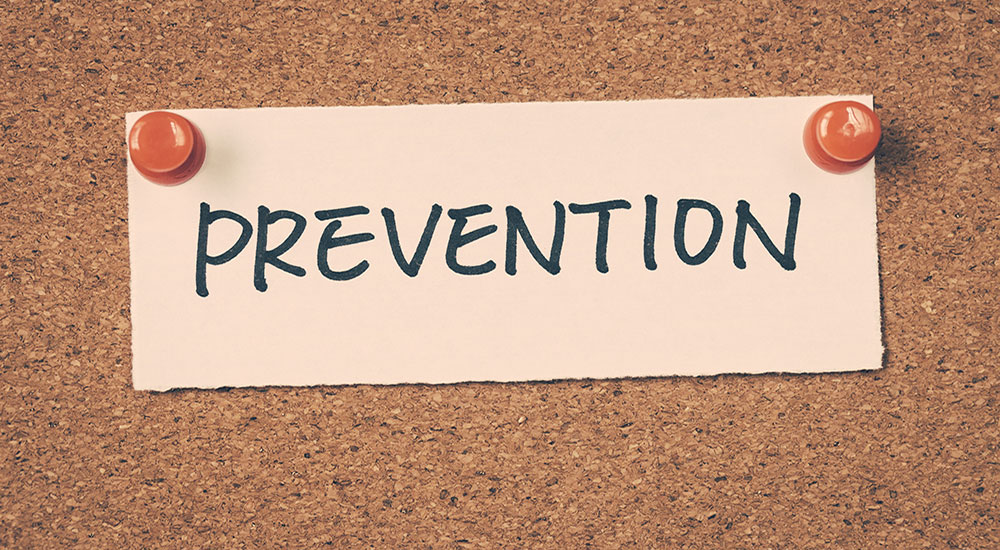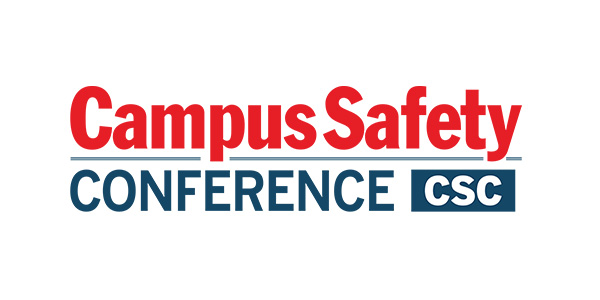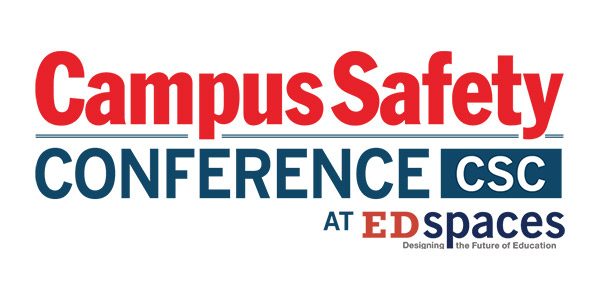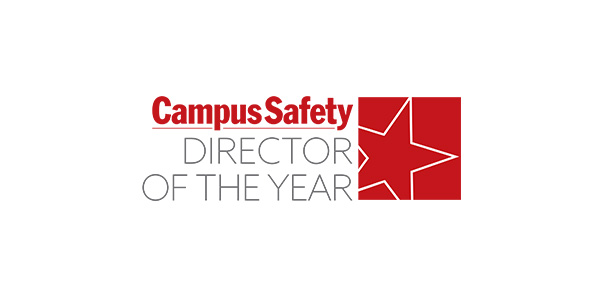My years working within school systems, particularly during a formative and intense period in Roswell, New Mexico, have shaped my understanding of school safety in profound ways.
During my time as assistant superintendent in Roswell, the community faced unthinkable tragedies—a school shooting, student suicides, devastating accidents, and the heartbreaking loss of a colleague to domestic violence. These experiences underscored a sobering truth: real school safety is not just about locks, drills, or even police presence. It is inextricably linked to the mental and emotional well-being of students and staff.
The most important lesson I learned? We must always be overprepared for critical incidents, and at the heart of that preparedness lies a proactive, unwavering commitment to mental and behavioral health.
RELATED: School Shooting Resources for Prevention, Response, Mitigation, and Recovery
The reality is that every school district must confront a difficult truth: it’s not a matter of if a crisis will occur, but when. While external threats often draw the most attention, the internal battles our students face can be just as devastating, sometimes tragically escalating into harm to themselves or others.
Untreated mental health challenges are not abstract risks—they are tangible, daily realities. This is why visibility around mental health must go beyond buzzwords and awareness campaigns. It must become a core operational priority embedded into the fabric of school life.
A Systemic Approach: MTSS and Mental Health
This is where Multi-Tiered Systems of Support (MTSS) come into play. MTSS is a proactive, data-driven framework designed to address students’ academic, behavioral, and social-emotional needs through a layered approach. At its core, MTSS enables schools to identify and support students’ challenges early, before they escalate into crises. When implemented effectively, MTSS fosters an environment of prevention rather than reaction, reducing conditions that can contribute to youth violence.
A powerful tool within an MTSS framework is the use of universal screeners. Through strength-based standardized assessments, screeners have the ability to assess students’ social-emotional competencies such as self-awareness, self-management, social awareness, and responsible decision-making. These skills are foundational to emotional regulation and interpersonal success—key protective factors that reduce the risk of violence and promote a safer, more connected school environment.
RELATED: How an MTSS Can Support Anti-Bullying Initiatives in Schools
Teletherapy offers another avenue for early identification and intervention, especially for students who may face barriers to accessing in-person services. When used alongside tools like a universal screener, teletherapy expands access to timely, tiered support and reinforces a school’s commitment to meeting students where they are, both emotionally and logistically.
By integrating these tools, schools can proactively identify students who are struggling with social-emotional development, who may be at greater risk of acting out violently or withdrawing in harmful ways. These insights allow educators to provide timely, tiered interventions, from whole-class instruction to targeted group support and intensive individual counseling. Rather than waiting for a student to reach a breaking point, the combination of MTSS and universal screeners can help ensure consistent, compassionate engagement that addresses challenges before they escalate.
The Human Element: Culture, Connection, and Care
Preventing youth violence isn’t solely the responsibility of law enforcement. It’s a shared commitment, one that must be embraced by the educators, counselors, psychologists, and staff who interact with students every day. These frontline professionals need more than just training in threat assessment; they need the skills, support, and systems to foster a school-wide culture of authentic care and vigilance. As the late Dr. Jody Carrington wisely reminded us, it often starts with simple but powerful questions: “Are you okay? How are you?” asked with sincerity, and backed by a willingness to truly listen. Amid the hectic pace of the school day, we must never underestimate the transformative power of connection.
RELATED: Student and Teacher Mental Health: Is It Just Stress or Something More?
Creating these connections requires a systemic shift. Schools must become welcoming spaces where all students feel safe, seen, and have a true sense of belonging. MTSS frameworks, supported by tools like universal screeners and school-based services, whether in-person or virtual, make it possible to support this vision with precision, consistency, and scale.
By focusing on the function behind a student’s behavior—what they’re trying to communicate or cope with—we can shift from punishment to understanding. Modern technology solutions like teletherapy enhance these interventions, by enabling responsive and data-informed support to the students who need it most.
Supporting Educators to Sustain Change
To truly address risky student behaviors, we must also look inward. Student well-being is inseparable from staff well-being. Educators, counselors, and school personnel often carry their own trauma and stress. We cannot ask them to care for students without first supporting them. Just as we implement trauma-informed practices for youth, we must build environments where staff feel safe to be vulnerable, are free from stigma when seeking help, and are equipped to stay emotionally regulated amid the daily demands of their roles.
Recovery with Intention
When tragedy strikes, the journey to recovery must be intentional, grounded in compassion, consistency, and long-term support.
In the aftermath of the Roswell shooting, our immediate focus extended beyond student recovery to include staff well-being. We prioritized debriefing, psychological first aid, and reestablishing a sense of normalcy for both adults and children. As students returned, we anchored their experience in routine, while ensuring that counseling, both group and individual, was readily accessible. These efforts were guided by the principles of Critical Incident Stress Management (CISM), and our partnerships with local agencies and federal responders were essential in delivering wraparound support to the entire school community.
A Moral and Community Imperative
Preventing youth violence isn’t about checking a box or implementing a program; it requires a fundamental shift in our priorities as educators, leaders, and community members. We must move from a reactive mindset to a proactive philosophy that places student mental health at the center of safety and learning. This means increasing visibility, empowering frontline educators, responding to behavior with compassion and context, implementing accessible and timely support systems like teletherapy, and creating a culture where every student and adult feels seen, supported, and equipped to navigate life’s challenges.
RELATED: 70% of School Shooters Perpetuated Violence Against Women, Lehigh Study Finds
By embedding frameworks like MTSS and tools like teletherapy into our school systems, we can identify and address issues early, build resilience, and promote safer, more connected learning environments. This is not just an education issue. It’s a moral, social, and community imperative. It’s an investment in the health, safety, and future of the next generation and in building systems that prevent crises before they ever begin.
Brandy Samuell is Director of Mental Health and Related Services at eLuma, a provider of online therapy solutions for K-12 schools. A seasoned educator with over 30 years of experience spanning classroom teaching, district leadership, and crisis response, Brandy has worked across diverse school settings—charter, rural, suburban, urban, and virtual—focused on supporting students’ mental and behavioral health needs.
NOTE: The views expressed by guest bloggers and contributors are those of the authors and do not necessarily represent the views of, and should not be attributed to, Campus Safety.







